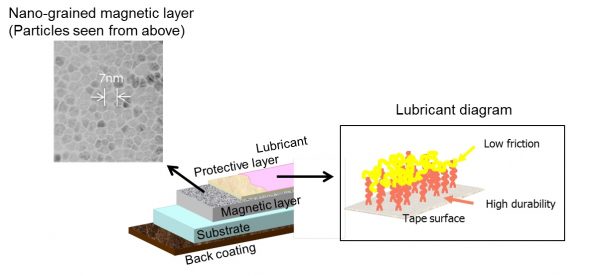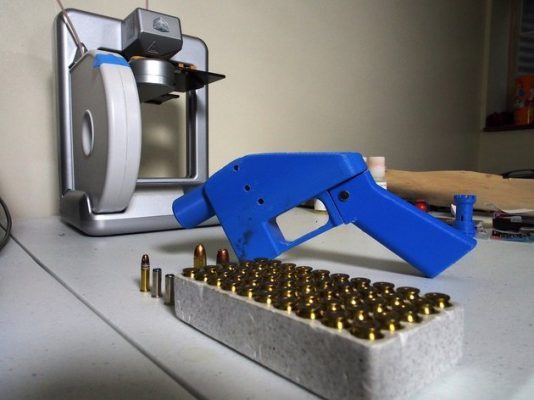IBM Crammed 330 Terabytes of Data into a Palm-Sized Cartridge

Storing data on magnetic tape has come a long way. Tape drives were first invented by IBM about 60 years ago, and one of the first could only store about 2 megabytes. Now, IBM researchers have shattered a world record by storing a massive 330 terabytes of uncompressed data into a similarly sized cartridge.
The record shattering feat was a result of a partnership between Sony and IBM, and it represents the industry’s current highest recording areal density for tape storage. By using a special technique similar to printing integrated circuits, Sony and IBM have managed to develop a magnetic tape cartridge capable of storing 201 gigabytes of data per square inch. All in all, that rounds out to about 330TB per cartridge — about the equivalent of 330 million books or, roughly, 66,000 full-length HD movies (if around 5GB each).
The Sony and IBM technique relies on using a new technology to create layers of nano particles to extend tape length, according to a press release. And while magnetic tape storage may seem like an antiquated medium, it has a variety of real-world applications for our modern digitized world.
Historically, tape has been used for video archives, retention of information on premise, back-up files and replicas for disaster recovery, according to IBM fellow Evangelos Eleftheriou, but similar tech could be used for off-premise cloud applications. While sputtered tape costs a bit more to manufacture than current industry standards, they could allow for much higher data capacities. That cost-per-terabyte could make the tech very attractive for cold cloud storage, Eleftheriou said.
The previous analog storage record topped out at about 123GB per square inch — so Sony’s and IBM’s method represents a giant leap and a new milestone. Because of that, the new magnetic tape could make the medium viable as a storage solution for at least another decade, IBM said.











